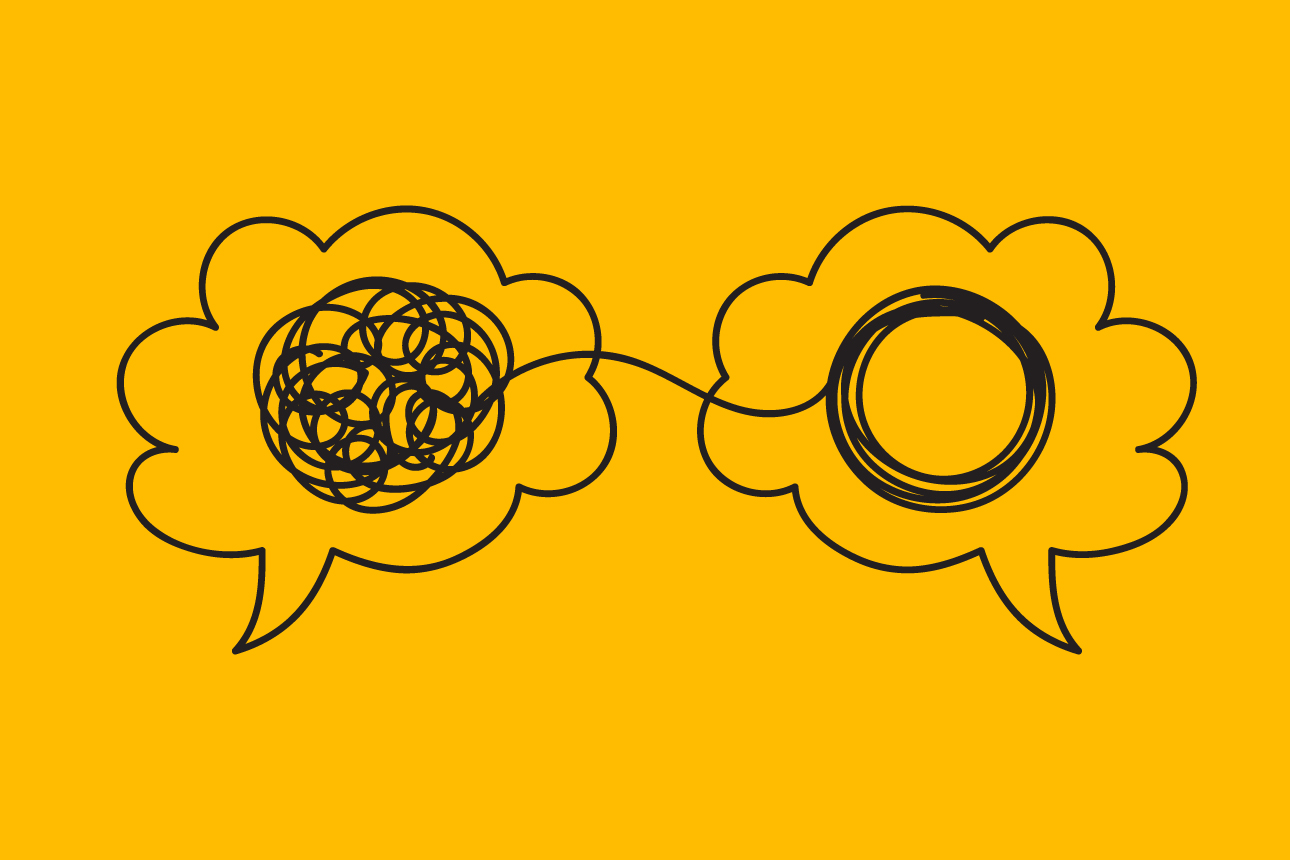Easing the Invisible Burdens of Collaboration
A new book delves into collaboration practices and offers creative suggestions to transform them.

Collaboration is essential in today’s work world, but it can also consume more time and energy than well-intended leaders expect or recognize. What precisely do we need in collaborative interactions, what are we trying to get out of them, and how can we optimize our time together? Author and MIT Sloan Management Review contributor Rob Cross, the Edward A. Madden Professor of Global Leadership at Babson College, explores these questions in his new book, Beyond Collaboration Overload: How to Work Smarter, Get Ahead, and Restore Your Well-Being (Harvard Business Review Press).
Deborah Milstein, associate editor at MIT SMR, recently spoke with Cross about his book and his work on organizational network analysis, a methodology that maps the often invisible informal working relationships through which collaborative work typically gets done. What follows is an edited and condensed version of their conversation.
MIT Sloan Management Review: Everyone needs to collaborate to some extent to do their jobs, but in your book, you discuss how the wrong types of collaboration can actually interfere with people’s ability to get their work done efficiently. What did your research uncover about why people can end up feeling so overwhelmed by something that’s intended to be helpful, and why collaborative overload has been increasing?
Rob Cross: It actually started over a decade ago. By applying network analysis across all organizations, regardless of company size, you could consistently see that both the number of collaborative demands and the diversity of them were overwhelming people.
In general, what so many efficiency efforts did — whether they were cultural interventions, or formal structure designs, or new technologies — was force more and more collaborations on people at a threshold transcending what was quantitatively reasonable. You started to see burnout metrics go up, but there was no understanding of the collaborative footprint of what was asked.
A task may look easy on the project plan, but if it requires you to coordinate across three time zones with two leaders who dislike one another to secure resources from somebody with misaligned incentives — that’s huge in terms of time. And that’s what’s been invisible.
Even the most efficient collaborators I interviewed were stretched beyond belief.




